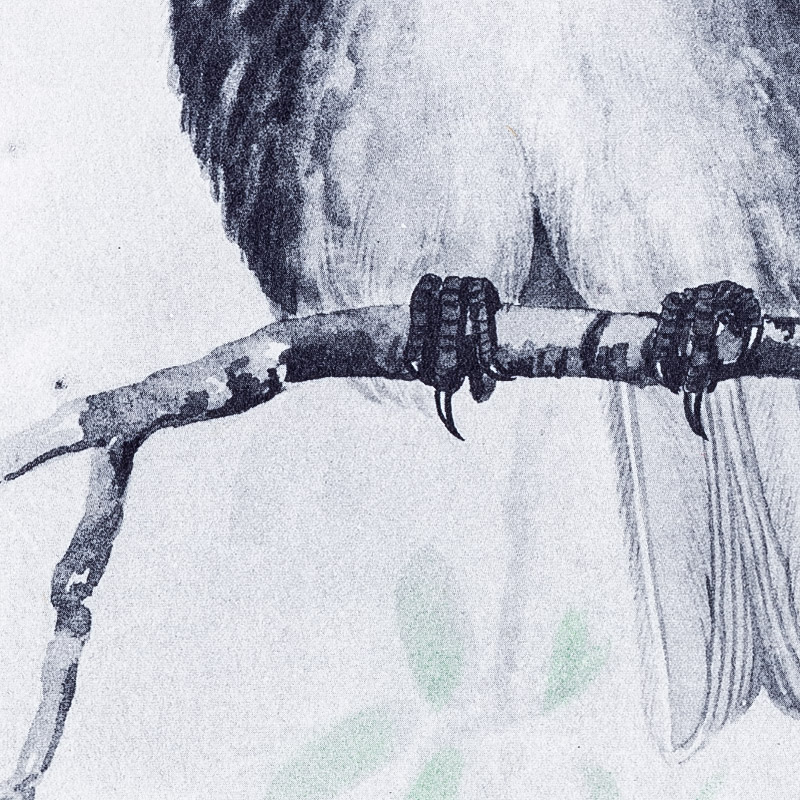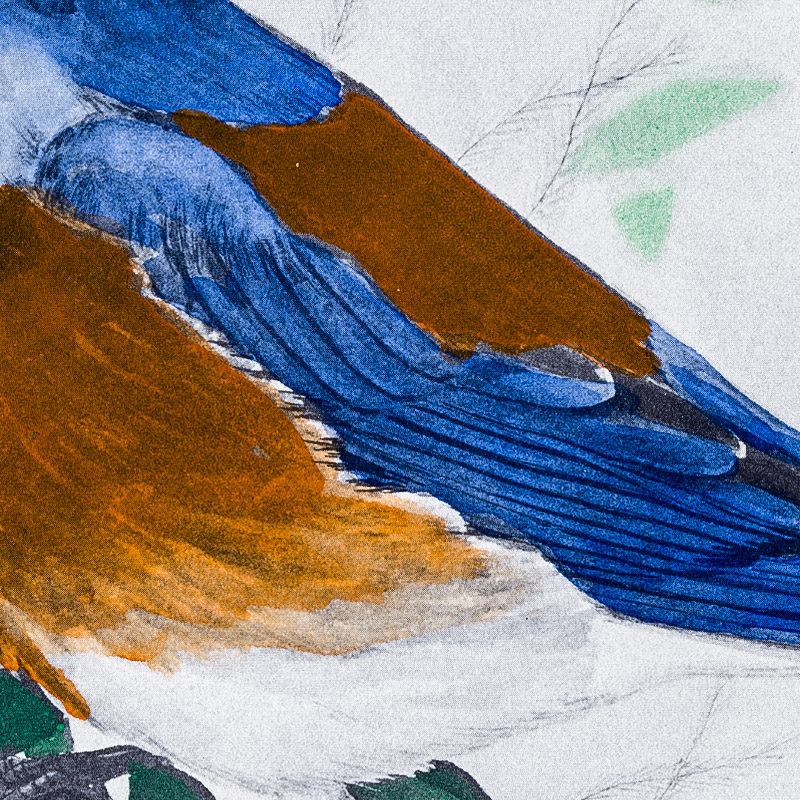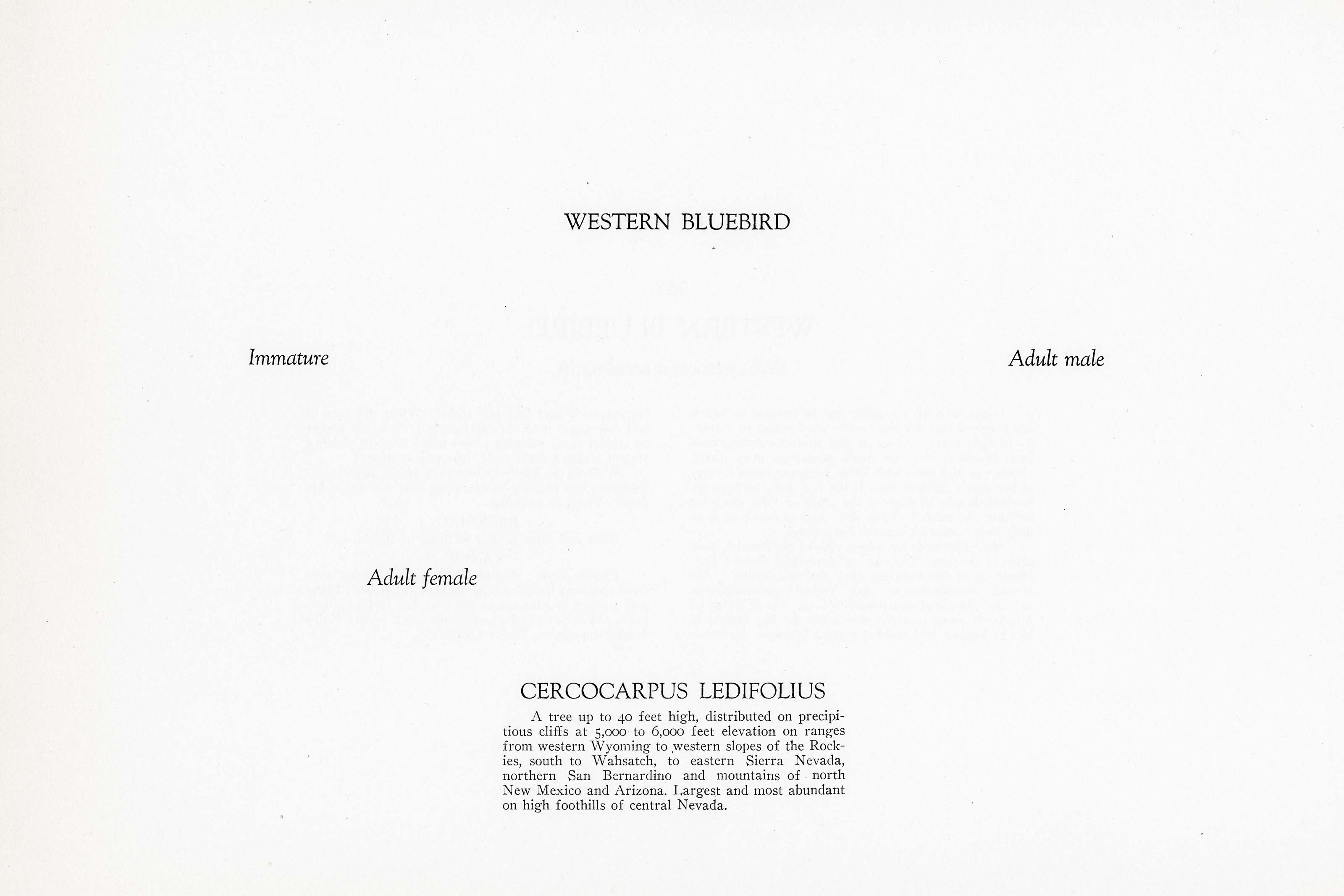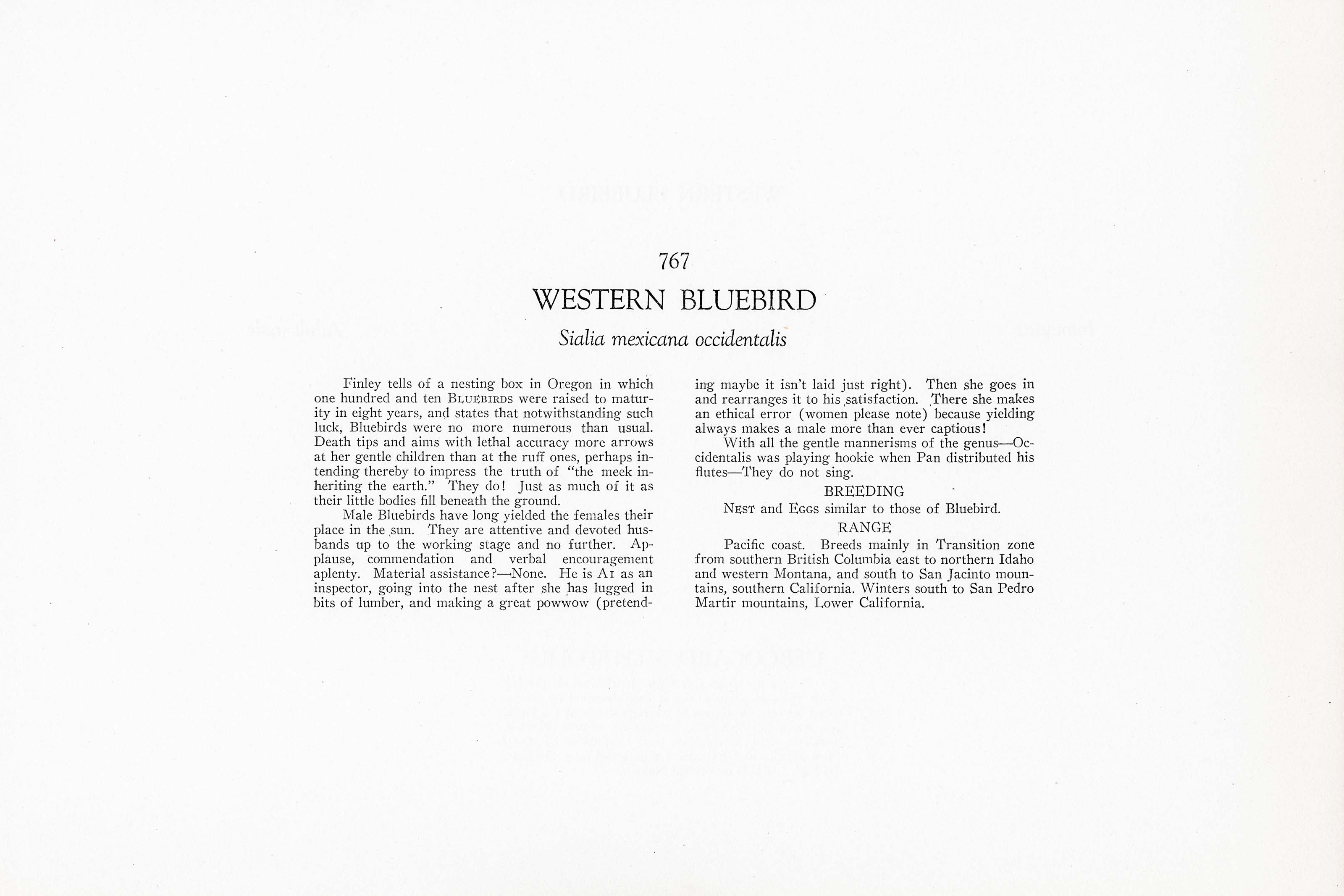






1911
1929
12
767
A team of dedicated board members, volunteers, and student interns has published every page in Volume 9. This volume includes 360 images of paintings and lyrical descriptions of birds, now available online for everyone to enjoy anywhere in the world. This is a monumental task. Each volume requires approximately 400 hours to photograph, edit, transcribe, catalog, and publish online. We need your support to complete this work.
If you're tech-savvy, have a good eye, are meticulous with details, and love structured data, please consider volunteering by emailing us at hello@rexbrasher.org.
We encourage all bird lovers and supporters to consider a monetary donation to support our mission to make Rex's work available for everyone. You can provide a one-time or recurring donation online.
Finley tells of a nesting box in Oregon in which one hundred and ten BLUEBIRDS were raised to maturity in eight years, and states that notwithstanding such luck, Bluebirds were no more numerous than usual. Death tips and aims with lethal accuracy more arrows at her gentle children than at the ruff ones, perhaps intending thereby to impress the truth of "the meek inheriting the earth." They do! Just as much of it as their little bodies fill beneath the ground.
Male Bluebirds have long yielded the females their place in the sun. They are attentive and devoted husbands up to the working stage and no further. Applause, commendation and verbal encouragement aplenty. Material assistance? — None. He is A1 as an inspector, going into the nest after she has lugged in bits of lumber, and making a great powwow (pretending maybe it isn't laid just right). Then she goes in and rearranges it to his satisfaction. There she makes an ethical error (women please note) because yielding always makes a male more than ever captious!
With all the gentle mannerisms of the genus — Occidentalis was playing hookie when Pan distributed his flutes — They do not sing.
NEST and EGGS similar to those of Bluebird.
Pacific coast. Breeds mainly in Transition zone from southern British Columbia east to northern Idaho and western Montana, and south to San Jacinto mountains, southern California. Winters south to San Pedro Martir mountains, Lower California.
A tree up to 40 feet high, distributed on precipitious cliffs at 5,000 to 6,000 feet elevation on ranges from western Wyoming to western slopes of the Rockies, south to Wahsatch, to eastern Sierra Nevada, northern San Bernardino and mountains of north New Mexico and Arizona. Largest and most abundant on high foothills of central Nevada.